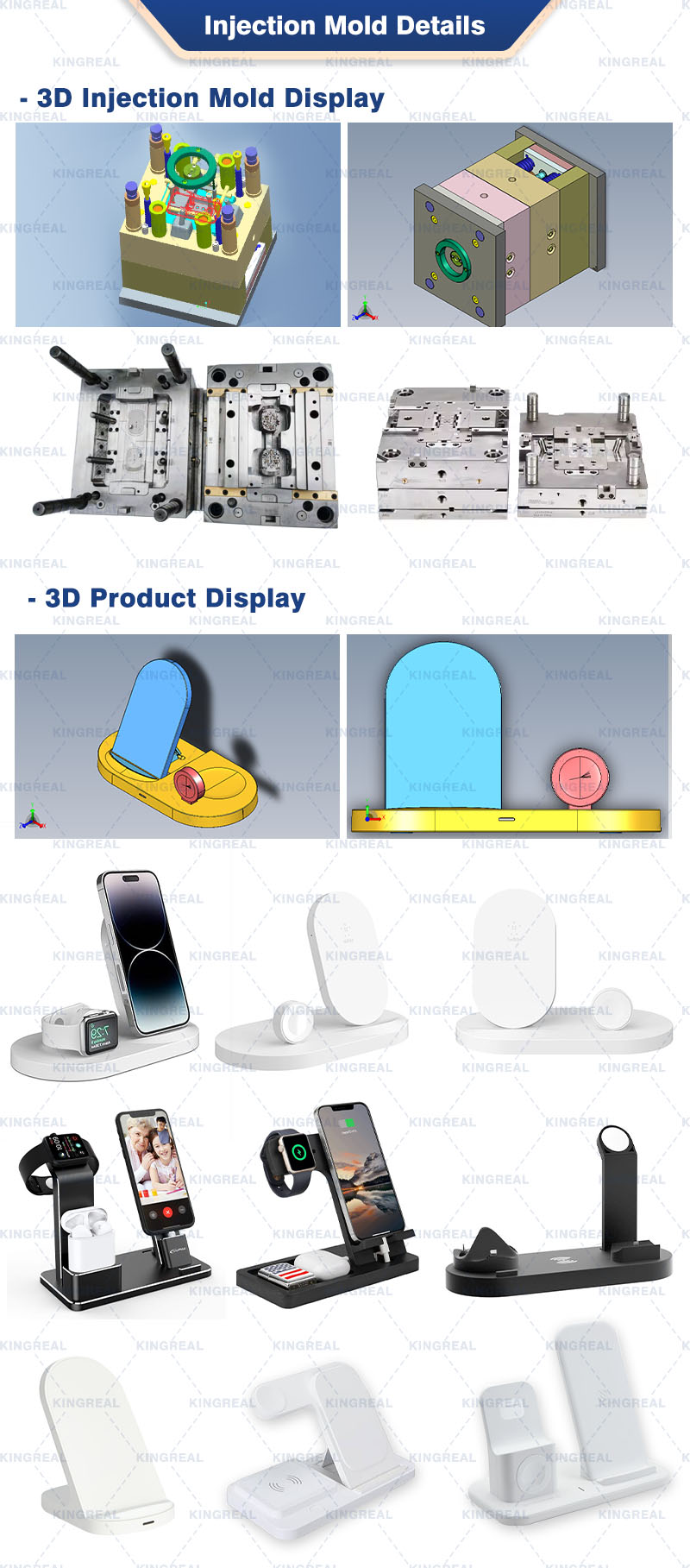
KINGREAL UNIVERSAL IND., LTD
Phone
+86-13702855825| 1 | The Effect of Temperature on Sensor Mounts Injection Molding |
| 2 | Principles of Mold Temperature Control |
| 3 | Setting of Charging Dock Injection Mold Temperature |
| 4 | Key Points of Quality |
1. The Effect of Temperature on Sensor Mounts Injection Molding
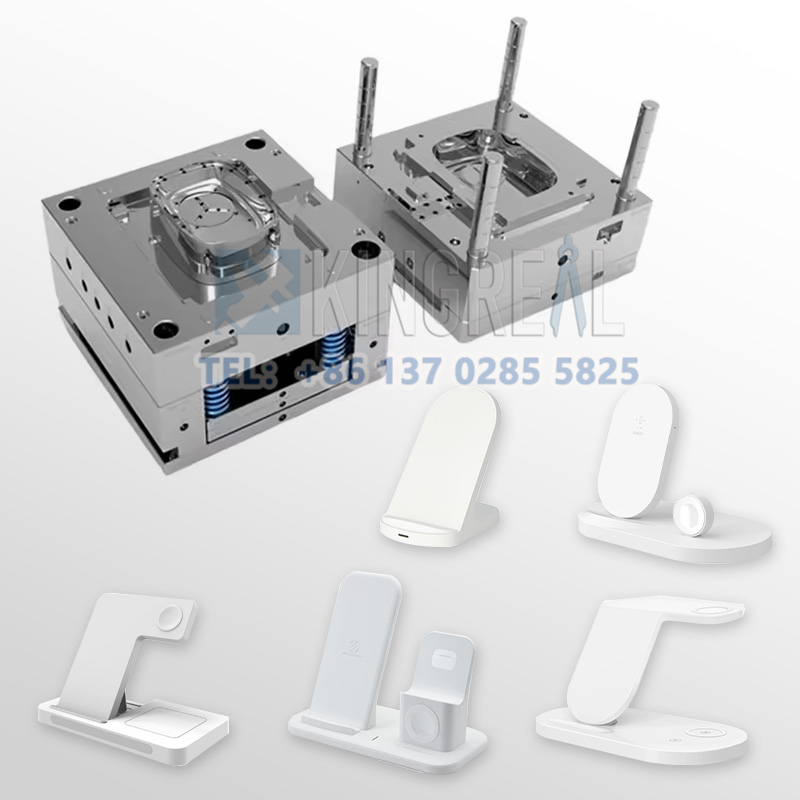
The temperature of the smart home integration injection mold is a key variable in the charging dock injection molding process. When the mold temperature is too low, it will reduce the fluidity of the melt and affect the crystallinity of the plastic. Taking ABS plastic as an example, too low mold temperature will lead to a decrease in the surface finish of the product. Relatively speaking, plastics are more likely to migrate to the surface at high temperatures, so high mold temperatures help plastic components better adhere to the smart home integration injection mold surface, thereby achieving better filling effects and improving the brightness and gloss of the product.
However, too high mold temperature can also cause problems, such as sticking and obvious bright spots on the surface of the plastic part. In addition, too low mold temperature may cause the plastic part to hold the sensor mounts injection mold too tightly, and it is easy to tear the surface pattern when demolding. Different plastics and plastic parts will have one or more adverse effects after the mold surface temperature exceeds a certain critical point.
High temperature smart home integration injection mold cavity can prevent plastic from freezing before high pressure molding, which means that good injection rate control is required. Modern flow control programmers can effectively manage this. In short, the higher the mold temperature, the smaller the flow resistance, and the molten material can flow through the gate and cavity faster.
2. Principles of Mold Temperature Control
In order to produce plastic parts with high appearance quality, stable dimensions and small deformation within the effective time, the basic principles of sensor mounts injection mold temperature control must be clarified during design:
(1) Targeted design: Different rubber materials and different charging dock injection mold structures require different mold temperatures, so the temperature control system should be designed with targeting.
(2) Balanced mold temperature: The mold temperature should be kept balanced to avoid local overheating or overcooling.
(3) Timely heating: When the actual sensor mounts injection mold temperature cannot meet the requirements, it should be heated in time. When designing the smart home integration injection mold, it is necessary to consider whether the heat brought into the mold by the rubber material meets the mold temperature requirements.
(4) Heat management: The heat brought into the sensor mounts injection mold by the rubber material is mainly consumed by thermal radiation and heat conduction, and most of the heat needs to be taken out of the mold through the circulating heat transfer medium.
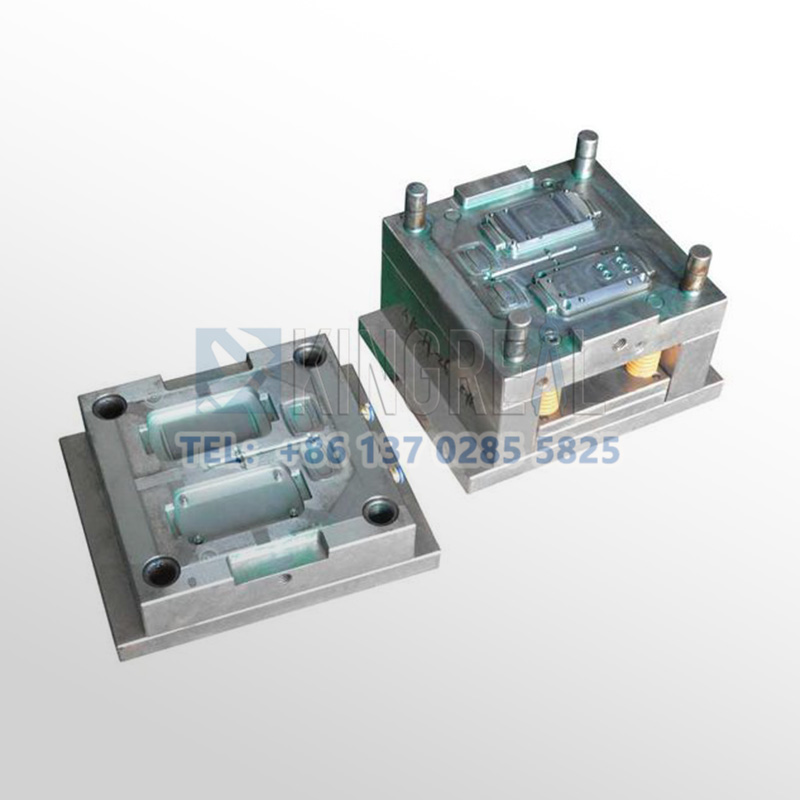
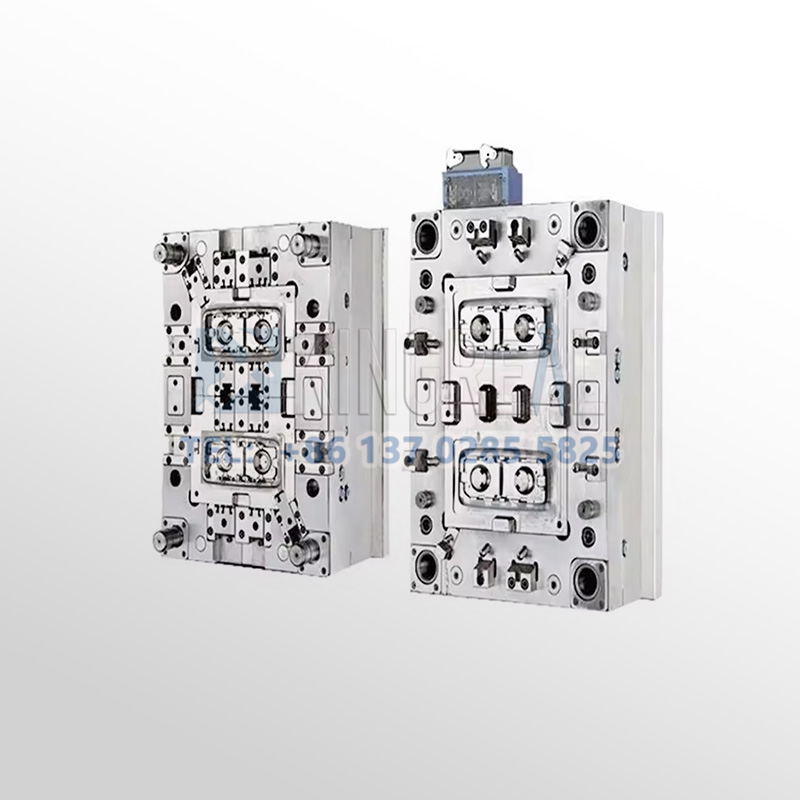
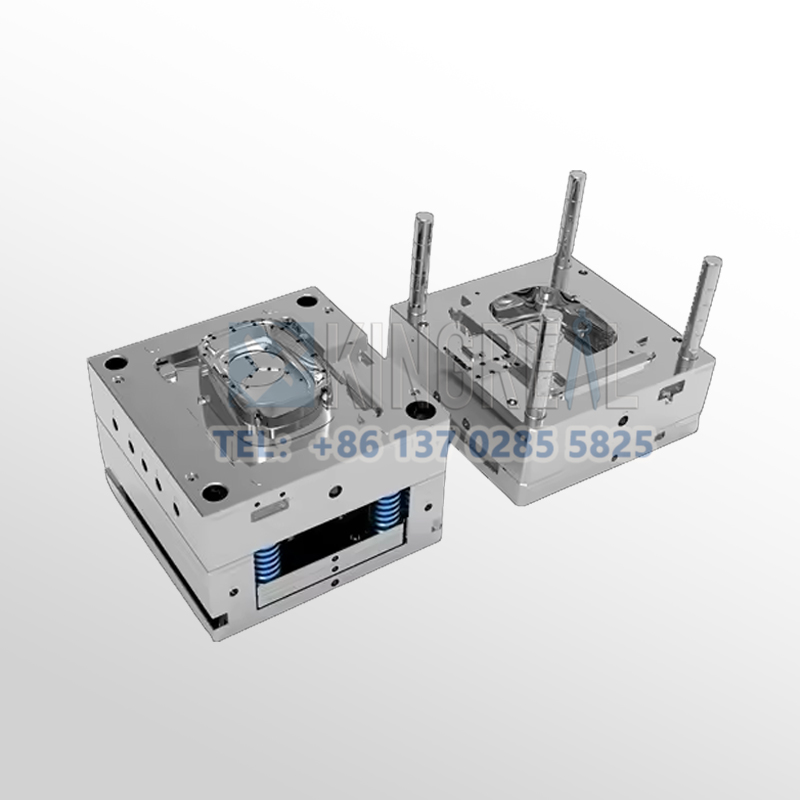
3. Setting of Charging Dock Injection Mold Temperature
(1) Standard of mold temperature:
The setting of mold temperature should be based on the temperature of the melt contacting the smart home integration injection mold surface. Appropriate sensor mounts injection mold temperature affects the fluidity, crystallinity and cooling time of the melt during filling, which directly affects the density, size, strength and shrinkage of the plastic part. The set temperature should be lower than the temperature at which the melt filled in the smart home integration injection mold is cooled and can be taken out. The lower the temperature setting, the more beneficial it is to the charging dock injection molding cycle.
(2) Basic requirements:
- Lower limit: ensure the lowest temperature at which the material can be filled.
- Upper limit: lower than the temperature at which the material produces thermal deformation. The set temperature should be within this range to ensure the quality and production efficiency of the sensor mounts injection molded product.
(3) Control device:
- Mold temperature controller (such as water temperature controller, oil temperature controller)
- Chiller
- Mold heating rod
(4) Thermal deformation temperature:
It varies according to the smart home integration injection molding material, so the temperature should be set in combination with the material (see the table below).
| Material name | Mold temperature (℃) |
| PP | 10~60 |
| PS | 10-80 |
| ABS | 50~80 |
| PMMA | 40-90 |
| PC | 80-120 |
| PA66 | 40-120 |
| POM | 60-120 |
| PBT | 40-80 |
| PPS | 120-150 |
(5) Adjustment settings:
To shorten the sensor mounts injection molding cycle, the temperature can be appropriately lowered to ensure quality. If it is difficult to ensure quality, the mold temperature should be gradually increased for adjustment.
(6) Temperature uniformity:
When designing the smart home integration injection mold, the consistency of temperature in each part should be considered to ensure uniform shrinkage and consistent size of the product. Cooling should be strengthened at thick walls and gates to reduce concentrated heat and avoid local shrinkage pits caused by uneven mold temperature.
(7) Mold temperature difference:
The temperature difference between the fixed mold and the movable mold can affect the deformation direction of long strips and thin-walled products. Too large a temperature difference may cause mold locking, while too high a fixed mold temperature may cause the plastic part to adhere to the charging dock injection mold.
(8) Influence of flow rate:
The lack of glue in plastic parts is affected by the melt flow rate, melt temperature, mold temperature and clamping pressure of the vent hole. The effect of individual adjustment is limited.
4. Key Points of Quality
(1) The influence of mold temperature on molded products: High temperature can improve transferability, reduce residual deformation, and is effective for shrinkage pits; low temperature leads to poor melt fluidity, and flow lines and silver lines on the surface. Inconsistent temperatures will lead to different shrinkage rates, causing warping and shape changes of plastic parts.
(2) Temperature setting and measured value: The difference between the set temperature and the actual measured value will lead to poor release and deformation. Therefore, it is necessary to confirm and adjust to a stable molding temperature during continuous molding.
(3) Environmental factors: The opening and closing time of the smart home integration injection mold should be shortened, and the temperature of the mold may change when it is open and closed. When using a thermometer to measure the mold temperature, the displayed temperature may be different from the actual working temperature. The mold temperature should be set according to the requirements of the molded product.
(4) Advantages of high mold temperature: High temperature can eliminate residual stress in plastic parts and improve the gloss of the surface of plastic parts. When the mold temperature is set to 20%, 50%, 70%, and 90%, the surface finish increases by 15%, 33%, 38%, and 40% respectively.
Through the above content, hope you can better understand the importance of mold temperature control. Injection mold temperature is not only closely related to product design, mold design and manufacturing, but also has an important connection with the setting of smart home integration injection molding process conditions. In short, the setting of mold temperature needs to take into account a variety of factors to ensure that product quality meets standards and maximize production efficiency.
